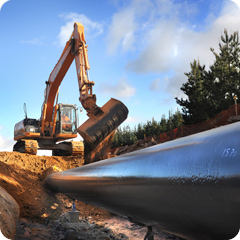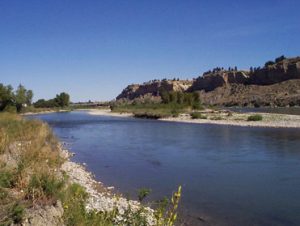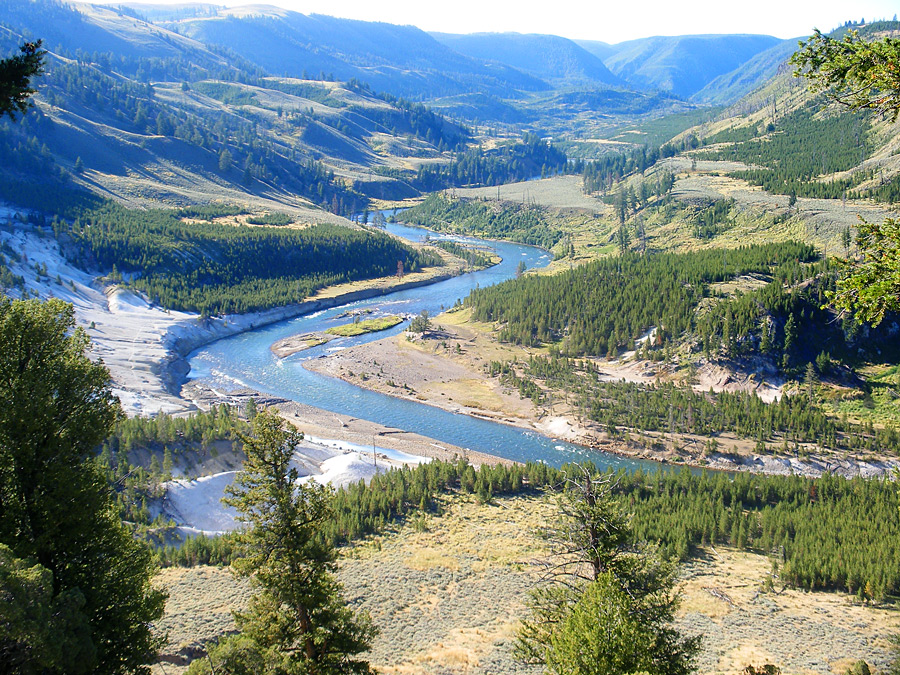MONTANA
The Departments of Justice and the Interior joined with the state of Montana to announce a proposed settlement with ExxonMobil Pipeline Company to resolve claims stemming from the July 2011 oil spill into the Yellowstone River, officials said Wednesday.

ExxonMobil Pipeline Company has agreed to pay $12 million in natural resource damages to the federal government and the state of Montana as trustees for the natural resources injured by the spill.
“Montanans deserve and expect ExxonMobil Pipeline Company to be held accountable for the damages they caused to Montana’s Yellowstone River, our communities and our economy,” said Montana Gov. Steve Bullock.
Adding, “This proposed settlement goes a long way in protecting Montana’s Yellowstone River, one of the last, great, free-flowing rivers in the United States that plays a vital role in our strong $6 billion outdoor economy.”
A proposed consent decree was filed in federal court also on Wednesday.
The state and federal government have also issued a draft restoration plan that spells out terms on how to restore the river and wildlife habitat, and improve public lands and recreational resources.
“This settlement is an important part of the work being done to ensure that the 2.7 million miles of oil, gas and liquid chemical pipeline in this country remain safe and that when incidents occur, the operators assume responsibility for cleanup,” said U.S. Attorney Mike Cotter in Montana. “This settlement was the product of significant collaborative work by federal and state negotiators over a number of years and sends a strong message to operators in this field that they must assume the costs and risks, as well as reaping the benefits, of extracting natural resources.”
The state and federal government are seeking public comment on both the proposed consent decree and the draft restoration plan.
On July 1, 2011, a 12-inch diameter Silvertip pipeline owned by ExxonMobil Pipeline Company ruptured near Laurel, Montana, resulting in the discharge of crude oil into the Yellowstone River and floodplain. The discharge is estimated to have been approximately 63,000 gallons (about 1,500 barrels) of oil.
The discharge occurred during a high-flow event, affecting approximately 85 river miles and associated floodplain. Oil from the spill, along with the cleanup activities, harmed natural resources including fish and other aquatic life, birds (including migratory birds), wildlife, large woody debris piles, aquatic habitat, terrestrial habitat, recreational use and the services provided by these natural resources.
 These public natural resources are under Trusteeship of the state of Montana and the U.S. Department of the Interior under the Oil Pollution Act and other laws.
These public natural resources are under Trusteeship of the state of Montana and the U.S. Department of the Interior under the Oil Pollution Act and other laws.
The primary goal of the Oil Pollution Act is to make the environment and public whole for injuries to natural resources and services resulting from a discharge of oil or other hazardous substances to the environment. In the restoration plan, the trustees have presented an evaluation of injuries to the natural resources, restoration alternatives and projects that benefit the same or similar resources injured by the oil spill.
Projects include:
- Acquiring terrestrial/riparian bottomland to conserve and restore terrestrial habitat with some acquisitions focusing on habitat requirements for injured birds
- Acquiring and restoring terrestrial/riparian habitat
- Controlling invasive woody species on state and federal lands
- Acquiring channel migration or other easements or fee title land acquisitions to provide areas for large woody debris recruitment
- Removing flanked riprap from the river
- Removing side channel blockages
- Providing fish passage around fish barriers
- Restoring and stabilizing river banks using soft bank restoration techniques
- Increasing American white pelican production through improvement of breeding and nesting areas
- Improving city parks and public lands bordering the Yellowstone River
- Improving urban fishing opportunities adjacent to the Yellowstone River
- Developing new and preserving existing public access on the Yellowstone River

